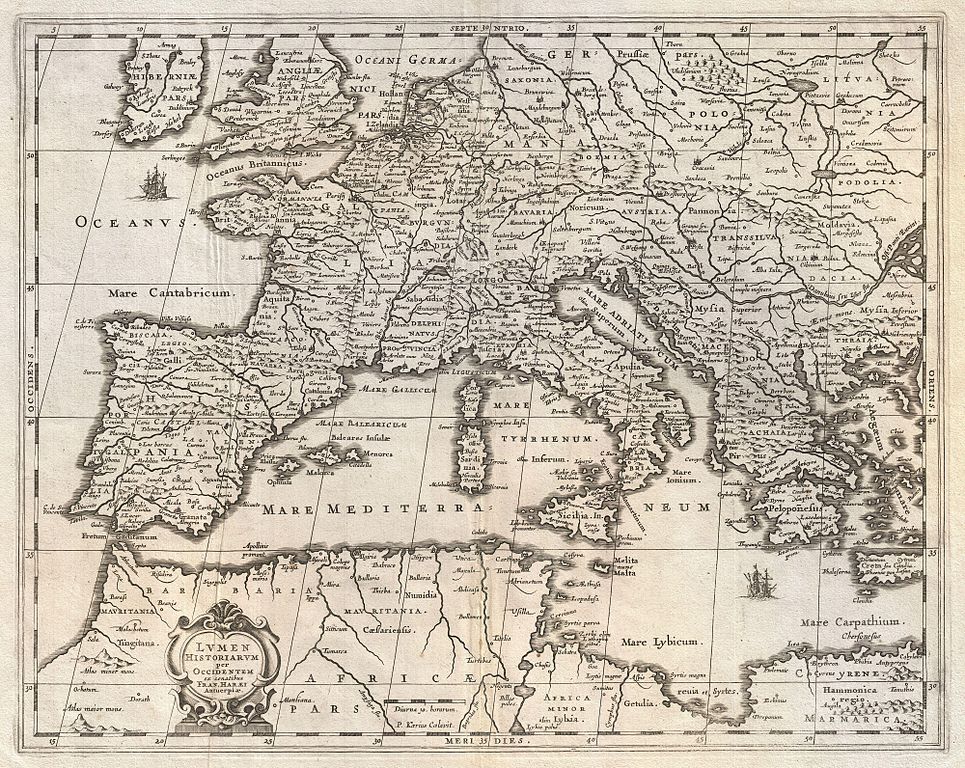Continuing our series on the “Sword of St. Michael,” we will examine what links the sacred line of seven monasteries that stretches from Ireland to Israel.
[featured-image single_newwindow=”false”]
It is remarkable that these seven mountains of great significance follow a straight line. Each monastery was built separately, at different times and by different monks. There was absolutely no intention of creating a line between them all.
Nevertheless, these holy monks were inspired by God to build mountain-top monasteries and established them for his greater glory. In this way, they cooperated with God’s divine plan and played their part in the drama of salvation history.
At the present the question remains, who was the first to discover this unique connection and draw a line between these seven monasteries?
Surprisingly, (as far as I can tell) there is no mention of this spiritual connection until the 1970s. During this time a French academic named Jean Richer was exploring ancient Greek temples and was finding some interesting discoveries. His brother, Lucien Richer, went a step further and published an article in a 1977 issue of the French journal Atlantis. It was entitled, “The Saint Michael and Apollo Axis” and detailed his research that found these locations aligned along a straight line.
Richer recognized the connection between the monasteries of St. Michael along this line, but was more interested in various pagan sites of worship to the Greek god Apollo.
Oddly enough, for this reason the sacred line of St. Michael has been popular among modern-day pagans, people who believe there are natural spiritual energies at these locations. These “energies” are not divine in origin, but “natural,” connected to the earth and various New Age beliefs.
As a result, these sites are venerated by both Christians and pagans; those who venerate St. Michael and those who honor Apollo.
This shouldn’t be surprising as there remains a real spiritual battle in our world between the forces of good and evil. St. Michael is known as the patron of these mountains and his presence naturally attracts the evil forces that he defeated at the beginning of time.
Yet, as we know, this battle does not end well for Satan and his minions.
According to a popular legend, the line “represents … the blow [Michael] inflicted [on] the Devil, sending him to Hell” and may again be a place where St. Michael will defend his honor before the end of time.
With this knowledge, what does this “sword” mean for us? Why should we care and what can it teach us?
Next week we will take a look at its significance and how it impacts our everyday lives.

